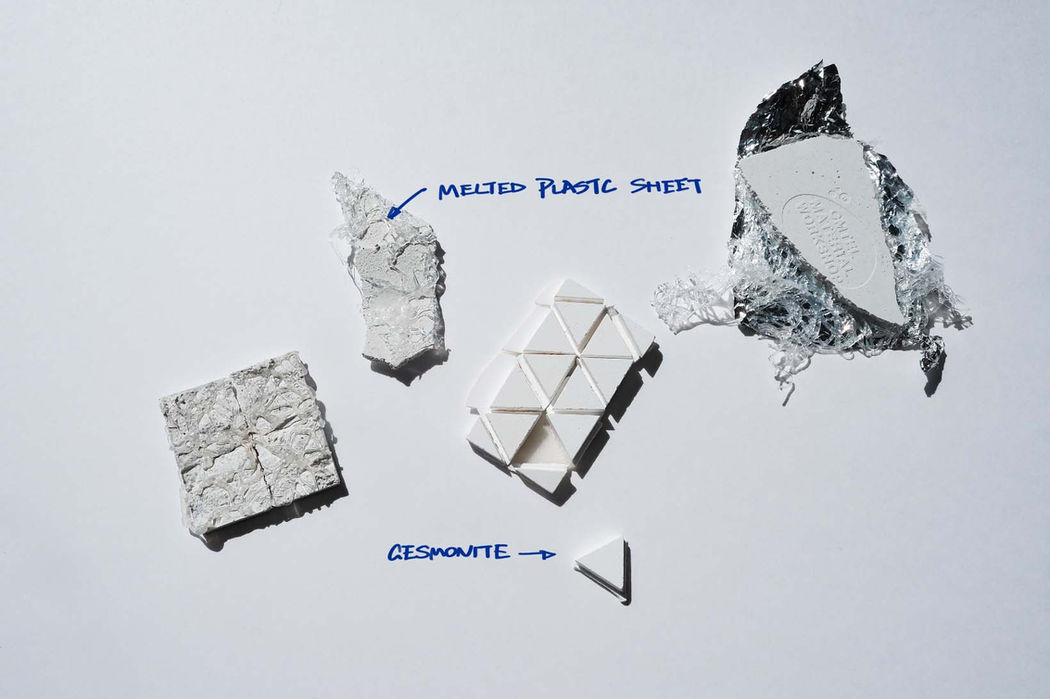
UROKO
Uroko is a material exploration project on extending the expression of Asian identity and heritage with ceramic materials. Designed for the younger generations as a new way to approach ceramics, traditional colors, and patterns, Uroko uses 3D printing ceramic technology to give this classic material a fresh and bold new interpretation.
Category
Material Exploration
Fashion Accessories
Year
2022/ Exchange Study at TAMA Art University
Designed in collaboration with Kana Endo

The Brief
The brief of the class was to imagine the future of ceramics. The approach that our team took was to look at the material from a different perspective. Ceramics are often perceived as fragile and brittle, but what if they can be soft, light-weight, and flexible?

Material Exploration
We tested different methods of the flexibility of ceramics, including adding a layer of gel binder to the ceramic, ceramic beading, and glass fiber reinforcement.
The gel binder method worked most efficiently and we decided to stick with this path. First, you must fire the small pieces of ceramic, then attach a soft layer such as agar gel to make it flexible.
Design Process
We were deeply inspired by traditional Japanese colors and patterns, and intent to implement them into our design to provoke cultural memories.


We took inspiration from traditional Japanese patterns and transformed them from 2D to 3D with a modular structure. The goal is to renovate the tradition and to make the younger generation feel connected.



KIKKO translates to "tortoise shell”, which represents longevity in Japanese culture. The color red originates from the traditional Japanese mineral color “shu”, which has been used sacredly due to its toxicity.
SHIPPOU refers to the seven treasures of Buddhism. The color blue comes from the Japanese “gosu”, which often appears in porcelain underglaze.


A Contemporary Take on Tradition
The bracelet uses a combination of 3d printed ceramic resin and agar bioplastic. The ceramic part is printed and fired first and then cast into the agar gel. The bracelet is soft and bendable with a magnetic metal connector.
Bracelet - KIKKO


3D-Printed Ceramic Resin
Agar Bioplastic


The necklace is made of 3d-printed ceramic resin material, printed, fired, and glazed in one piece. The magnetic insert and flexible linkage on the front make the piece work flexibly like a cuff.
Necklace SHIPPOU




Magnet Insert
Flexible Chain Link


The bracelet design is elegant and minimal for casual, daily fashion. The choker is more stylish and bold, aligning with an urban style for younger generations to freely express themselves.
Self Expression Through Casual Daily Fashion













